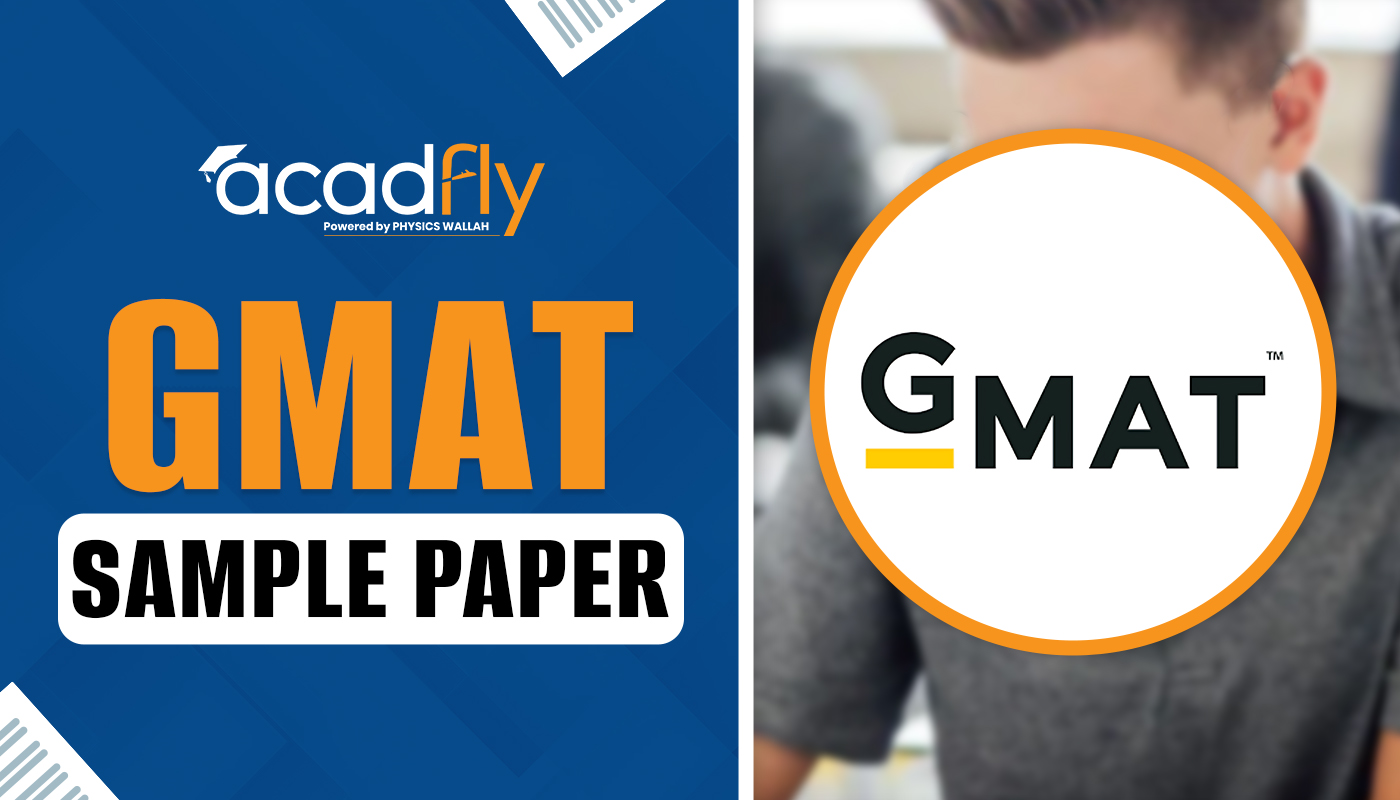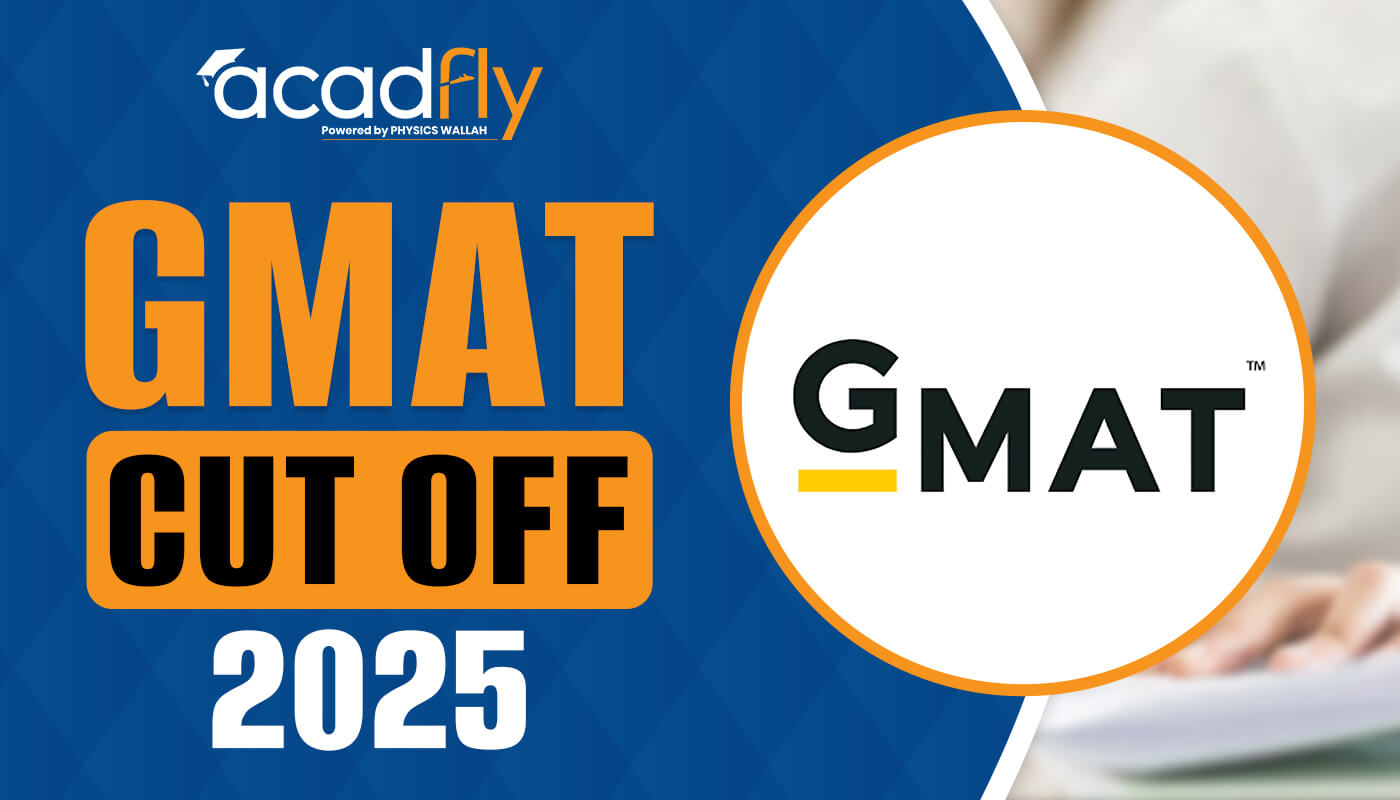
The TOEFL (Test of English as a Foreign Language) is a crucial stepping stone for many individuals aspiring to study, work, or immigrate in English-speaking countries. While diligent preparation is paramount, understanding what to expect on exam day can significantly alleviate stress and ensure you perform at your best. This comprehensive guide aims to demystify the TOEFL exam day experience, providing you with a clear roadmap from arrival to departure.The TOEFL exam day is a pivotal moment in your journey toward academic success. Understanding what to expect and being well-prepared can significantly ease the stress and help you perform at your best. This comprehensive guide covers every aspect of TOEFL exam day, including essential preparation tips, what to expect TOEFL exam, and practical advice to ensure you are ready and confident. This comprehensive guide aims to demystify the TOEFL exam day experience, providing you with a clear roadmap from arrival to departure.
Before You Arrive: Essential Preparations
The foundation for a smooth exam day begins well before you step into the testing center.
1. Confirm Your Test Center and Time
Double-check your registration confirmation for the exact test center address and the scheduled start time. Familiarize yourself with the location and plan your route, considering potential traffic or public transport delays.
2. Gather Your Identification
The most critical item for exam day is your valid, government-issued identification. Ensure it meets TOEFL's strict requirements. For U.S. citizens, this typically means a driver's license or passport. For non-U.S. citizens, an unexpired passport is usually required. The name on your ID must exactly match the name you used to register for the test. Any discrepancies can lead to denial of entry.
3. Pack Wisely
The TOEFL is a computer-based test, and the testing center provides everything you need for the exam itself. However, there are a few items you might want to bring:
-
Your valid ID: As mentioned, this is non-negotiable.
-
Confirmation email/printout: While not always mandatory, having a copy of your registration can be helpful.
-
Water bottle: Staying hydrated is important. Ensure it's a clear, unopened bottle.
-
Light snack: You'll have scheduled breaks, and a small, quiet snack can help maintain your energy levels. Avoid anything noisy or with a strong odor.
Things you CANNOT bring: Electronic devices (phones, smartwatches, cameras), unauthorized study materials, food (other than what you consume during breaks), bags, or personal belongings beyond what's permitted. These will need to be securely stored in provided lockers or your vehicle.
4. Get a Good Night's Sleep
Prioritize rest. A well-rested mind is more alert and capable of processing complex information. Avoid cramming the night before; focus on relaxation and a healthy meal.
5. Eat a Nutritious Breakfast
Start your day with a balanced meal to ensure sustained energy throughout the exam.
Arriving at the Testing Center
Timing is crucial. Arriving too early can be unnecessarily stressful, while arriving late can result in being turned away.
1. Punctuality is Key
Aim to arrive at the testing center at least 30 minutes before your scheduled start time. This allows ample time for check-in procedures and to settle your nerves.
2. The Check-in Process
Upon arrival, you'll typically follow these steps:
- Sign-in: You'll be asked to sign in and present your valid identification.
-
ID Verification: Test center staff will meticulously verify your ID against your registration.
-
Security Screening: You may be asked to empty your pockets and have your belongings inspected.
-
Fingerprint Scan: A digital fingerprint scan is often taken as part of the identity verification process.
-
Photo Capture: Your photo will be taken for your admission ticket.
-
Assignment of a Seat: You will be assigned a specific computer workstation.
-
Secure Storage: All personal belongings that are not permitted during the test will be placed in a secure storage area.
3. Familiarize Yourself with the Environment
Take a moment to locate the restrooms and the designated break area. This can help reduce anxiety later on.
The Testing Experience: Section by Section
The TOEFL iBT (internet-Based Test) is divided into four sections: Reading, Listening, Speaking, and Writing. The order of these sections is usually fixed, though there might be slight variations in the order of Speaking and Writing depending on the specific administration.
General Testing Environment:
-
Computerized Test: The entire test is administered on a computer.
-
Headphones: You will be provided with headphones for the Listening section and for the Speaking section. Ensure they fit comfortably and the volume is adjusted to your liking before the test begins.
-
Scratch Paper: You will be given scratch paper and a pen/pencil for note-taking. These are typically collected at the end of the test. You are usually allowed additional scratch paper if you need it, but you must request it from the proctor.
-
Quiet Environment: While some noise is inevitable in a testing center with multiple individuals, proctors strive to maintain a quiet environment. However, be prepared for some ambient noise.
1. Reading Section:
- Duration: Approximately 54-72 minutes.
-
Content: You will read 3-4 passages from academic texts, followed by multiple-choice questions testing your comprehension, vocabulary, and ability to infer meaning and organize information.
-
Time Management: Each passage and its questions are timed. It's crucial to manage your time effectively to ensure you attempt all questions.
2. Listening Section:
- Duration: Approximately 41-57 minutes.
-
Content: You will listen to 3-4 lectures and 2-3 conversations, followed by multiple-choice questions testing your understanding of main ideas, details, speaker's attitude, and implied information.
-
Note-Taking: This is where your note-taking skills are essential. Jot down key points, names, dates, and any important details that might be tested.
-
Scheduled Breaks:After the Listening section, you are typically granted a 10-minute break. This is your opportunity to: Use the restroom, Have a light snack or drink. Stretch and move around briefly.
Remember, this break is timed. Ensure you return to your workstation on time to avoid forfeiting your test session.
3. Speaking Section:
- Duration: Approximately 17 minutes.
-
Content: This section consists of four tasks: one independent task and three integrated tasks. You will speak into a microphone, and your responses will be recorded.
-
Preparation Time: You will have 15-30 seconds of preparation time before each speaking task.
-
Response Time: Your speaking responses will range from 45 to 60 seconds.
-
Speaking into the Microphone: Practice speaking clearly and at a moderate pace. Focus on expressing your ideas coherently and using appropriate vocabulary and grammar.
4. Writing Section:
- Duration: Approximately 50 minutes.
-
Content: This section consists of two tasks: one integrated writing task and one independent writing task.
-
Integrated Writing Task (20 minutes): You will read a passage and listen to a lecture related to the passage. Then, you will write a summary of the lecture, focusing on how it challenges or supports the ideas presented in the reading.
-
Independent Writing Task (30 minutes): You will write an essay based on a given topic, expressing your opinion and supporting it with reasons and examples.
-
Typing Skills: Ensure you are comfortable typing. Focus on clear organization, well-developed arguments, and correct grammar and spelling.
After the Test
The completion of the Writing section marks the end of your TOEFL exam.
- Collecting Belongings: You can collect your personal belongings from the secure storage area.
-
Exiting the Center: Follow the proctors' instructions for exiting the testing center.
-
Scores: You will typically be able to see your unofficial section scores (Reading and Listening) immediately after the test. Your official scores, including Speaking and Writing, will be available online approximately 6-10 days after your test date. You can then decide which score reports to send to the institutions or organizations you have designated.
Also refer TOFEL exam guide.
By understanding the process, preparing diligently, and knowing what to expect on exam day, you can approach the TOEFL with confidence, ultimately paving the way for your academic or professional aspirations.
Frequently Asked Questions
What if my ID doesn't exactly match my registration name?
Can I use my phone during the break?
How do I know which computer workstation is mine?
What if the computer malfunctions during the test?
Can I leave the testing center during the breaks?










